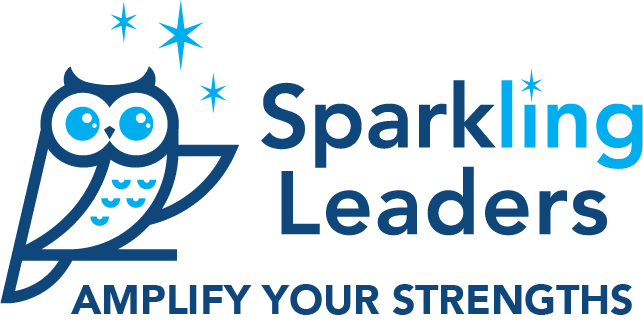Accepting Multiple Truths and Different Perspectives
In our Relationship Systems Intelligence session this week on truth and reality, we explored the coexistence of multiple truths within our relationships along with the levels of reality we use in communication.
Putting language to these concepts helps us understand ourselves and others, and more importantly, use them flexibly.
Example: Beach Discussion
A favorite part of our discussion included how we reacted to an image of a beach that I find very calming. Everyone had a different initial reaction to the image based on their personal narratives, cultural frameworks, and individual temperaments. During our discussion, we also found differences in how we communicate our narratives, adding another important factor in how we form connections within our relationships. Below is an overview of the discussion split by level of reality.
Essence: Different initial preverbal reactions, some more negative than others.
Dreaming: Our narratives are based on our individual truths.
"My childhood beaches smelled like sewage." - Smell
"This doesn't look swimmable - too rocky and cold." - Feeling
"Wet, rocky, cold - not appealing." - Feeling
"Peaceful and calming." - Feeling
"Wind, ocean, sea birds" - Hearing
"That looks like sunrise. Why would I be there so early?" - Expectations about how we spend our time
Consensus Reality: Rocky sand, water, sky at dawn/dusk
Our discussion made me think differently about the reactions others might have to images I send from morning walks by the ocean. In the future, I might add information about how I'm feeling about the image instead of assuming others would have similar reactions.
Different Perspectives: The 3 Levels of Reality
This beach exercise demonstrates Arnold Mindell's Process Work framework, which establishes language for three interconnected levels of reality: Essence, Dreaming, and Consensus Reality. By paying attention to our preferences and when people are interacting at different levels, we can gain deeper insights and help resolve conflicts.
Essence: Pre-verbal, intuitive feelings - The "weather" you sense when entering a room that gives you clues about how you might want to proceed. Body sensations and gut reactions before putting words to them.
Dreaming: Personal narratives and stories we create. Individual interpretations of experiences, where each person has their own "truth" based on their background/culture.
Consensus Reality: Measurable, observable facts everyone can agree on - example: temperature. The "what" that happened vs. the "how we interpret it". Where actual planning and concrete decisions occur.
Holding Multiple Truths
After discussing the levels of reality, we explored how acknowledging that there can be multiple truths doesn't require us to abandon our own perspective; instead, we can work on expanding our capacity to hold space for others' experiences.
People in relationships often:
Access different information
Bring different experiences that shape interpretation
Focus on different aspects of the same situation
Capture an incomplete piece of the situation
Accepting that everyone holds a piece of the truth allows for:
Less frustration and more curiosity
Reduced defensiveness when perspectives clash
More acceptance and open-mindedness
Increased interest in understanding others' viewpoints
Truth Navigation Tools
Below are practical approaches for expanding our ability to see beyond our own truth:
Be a Truth Explorer, Not a Truth Defender. Pause long enough to examine our reactions and become curious about what the other is trying to communicate. What experiences might cause others' perspectives?
Reframe as Truth Expansion. For example, an original truth: "I'm nervous," which is limiting, can be reframed as "I'm excited." The empowering reframe can then be used to gain an edge. How can you take a physiological reality and apply different interpretational truths?
Examine Cultural Truths. Think about how other cultures do things differently to gain the perspective that there is no single right way.
Practice with Opposing Viewpoints. Read something you disagree with and ask: What are they trying to communicate? What experiences shaped this perspective? Can you think of a question that shows understanding without being inflammatory?
When we transition from defending "THE truth" to sharing "MY truth," we create opportunities for deeper relational connection and mutual understanding.
How can you be more open to others’ experiences and find a fraction of truth in challenging communications?

